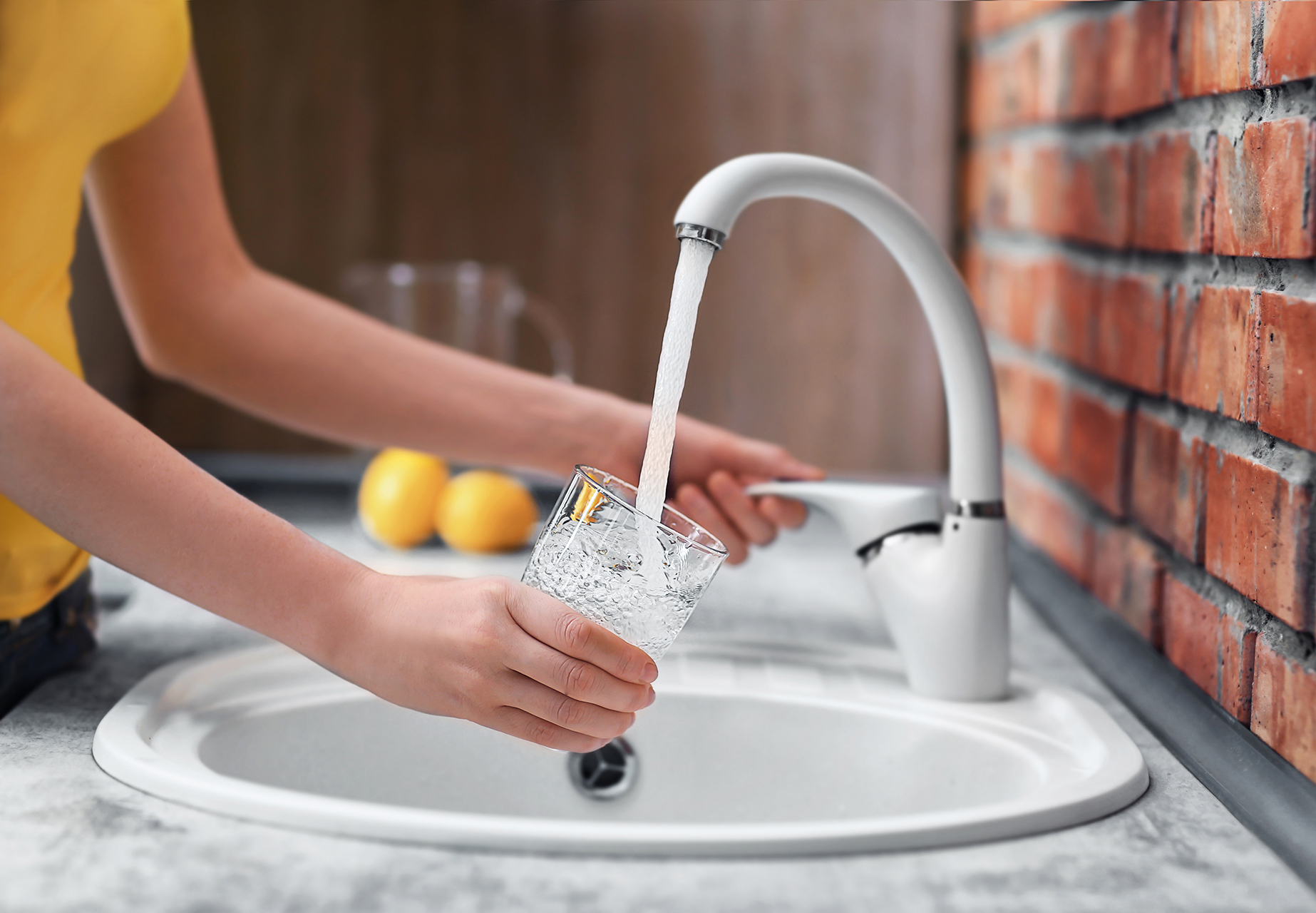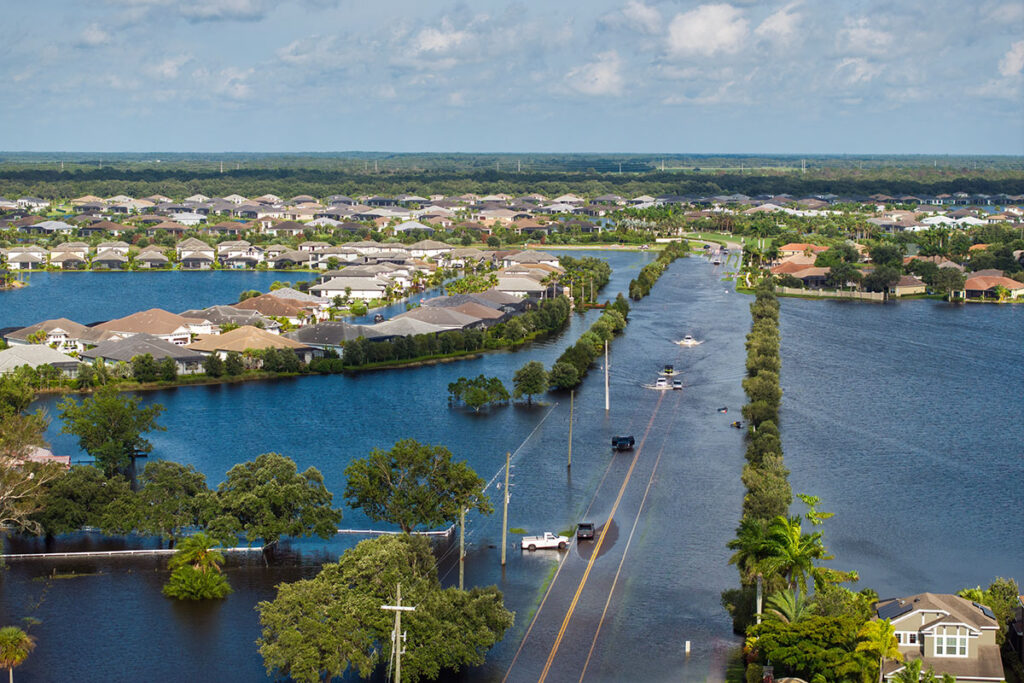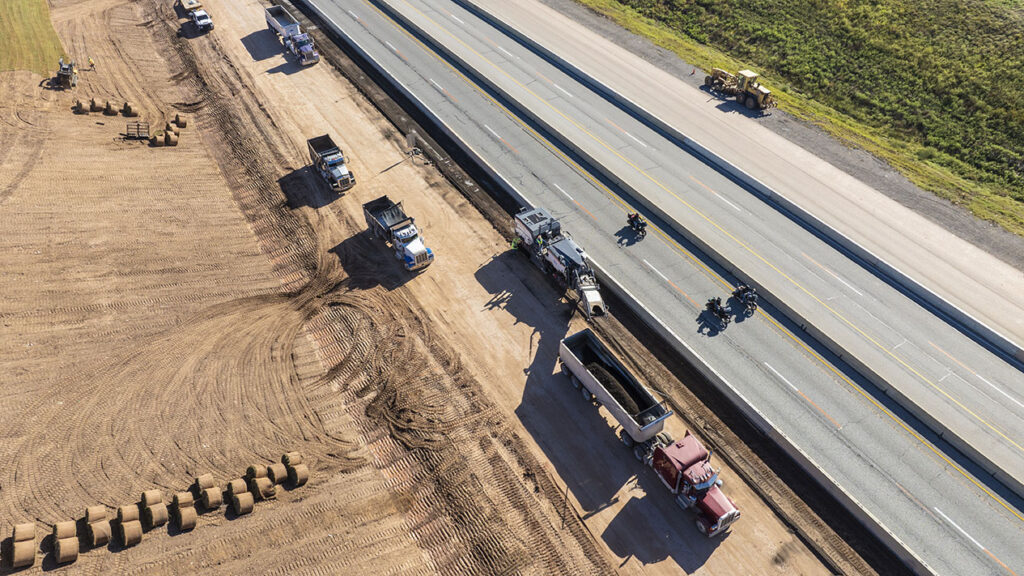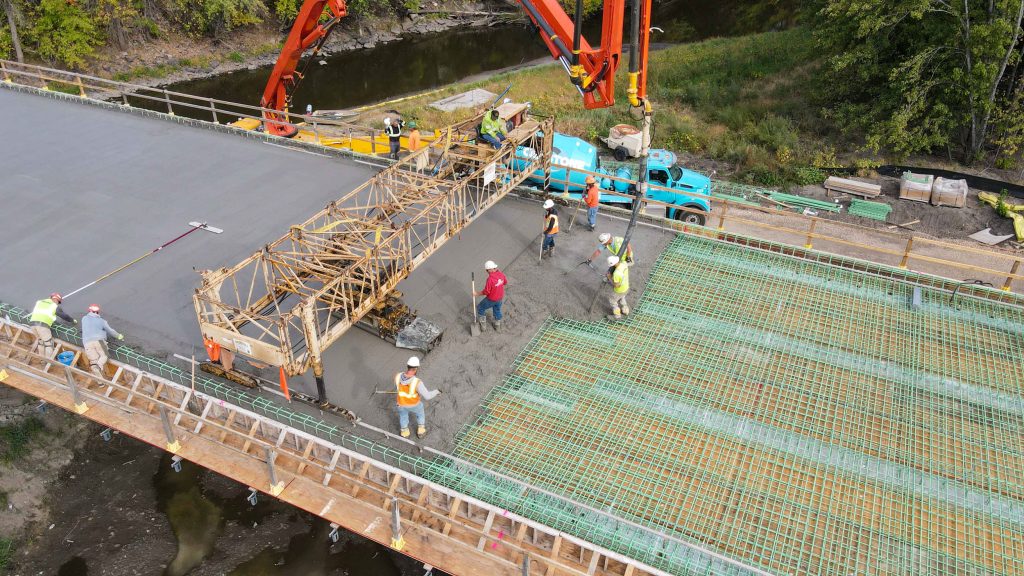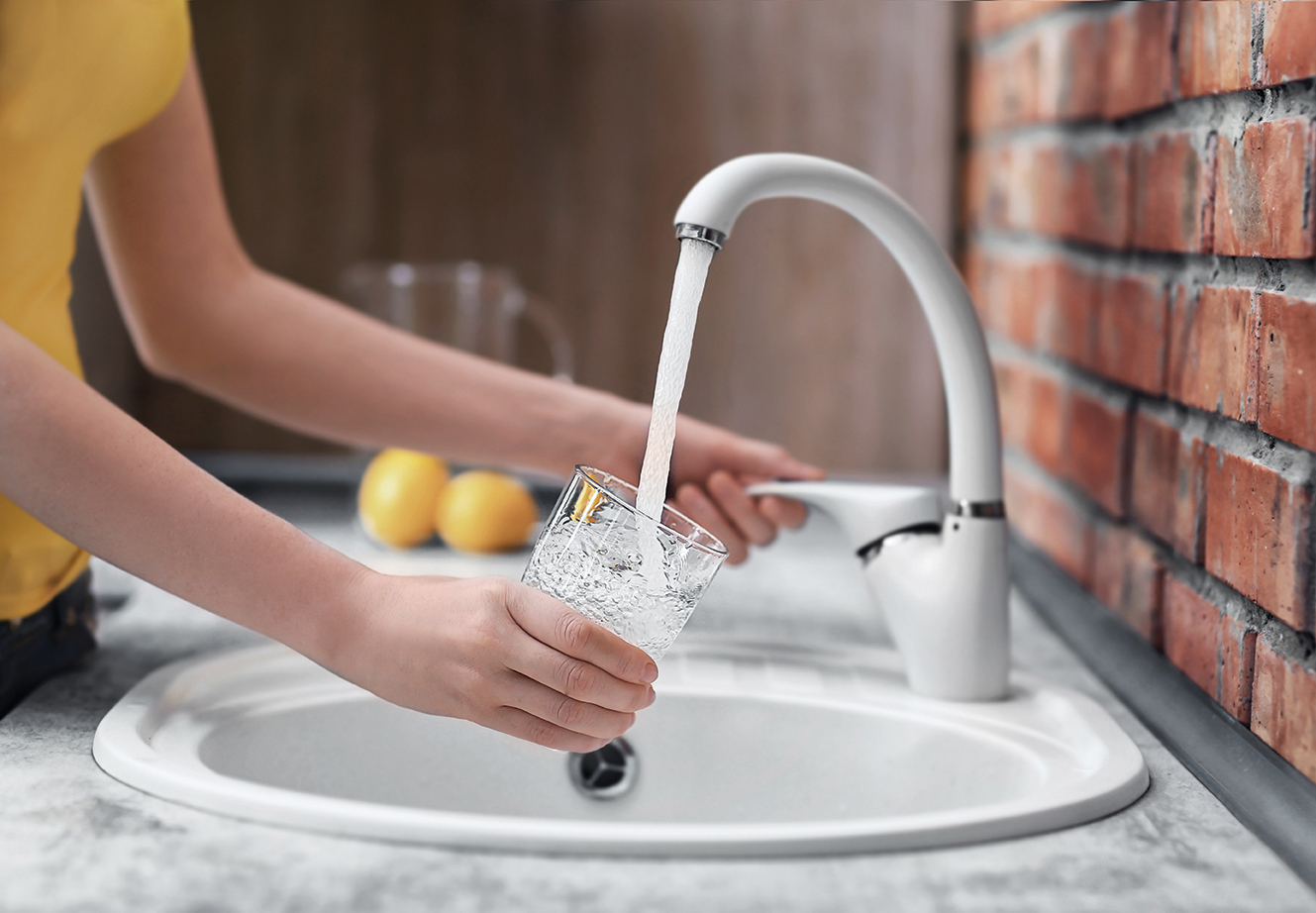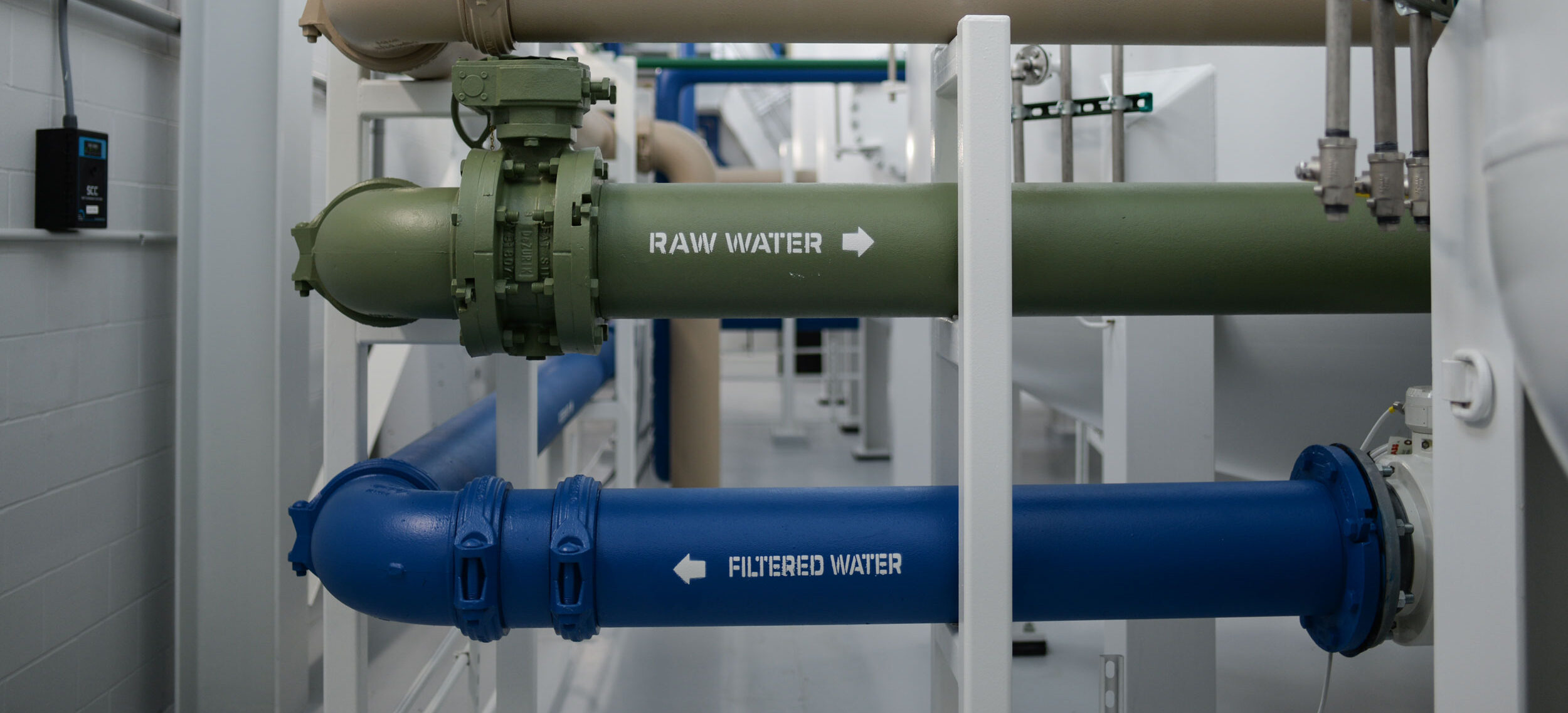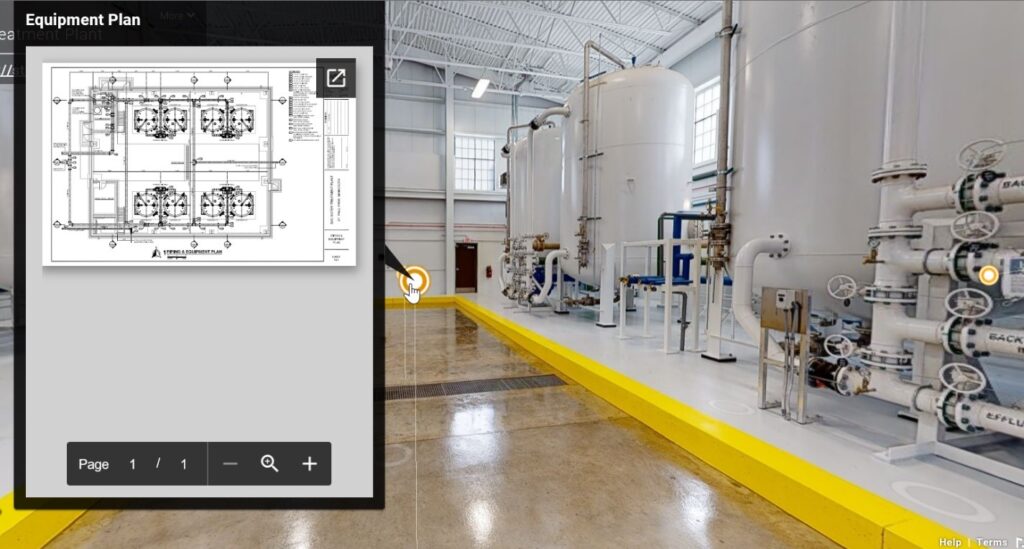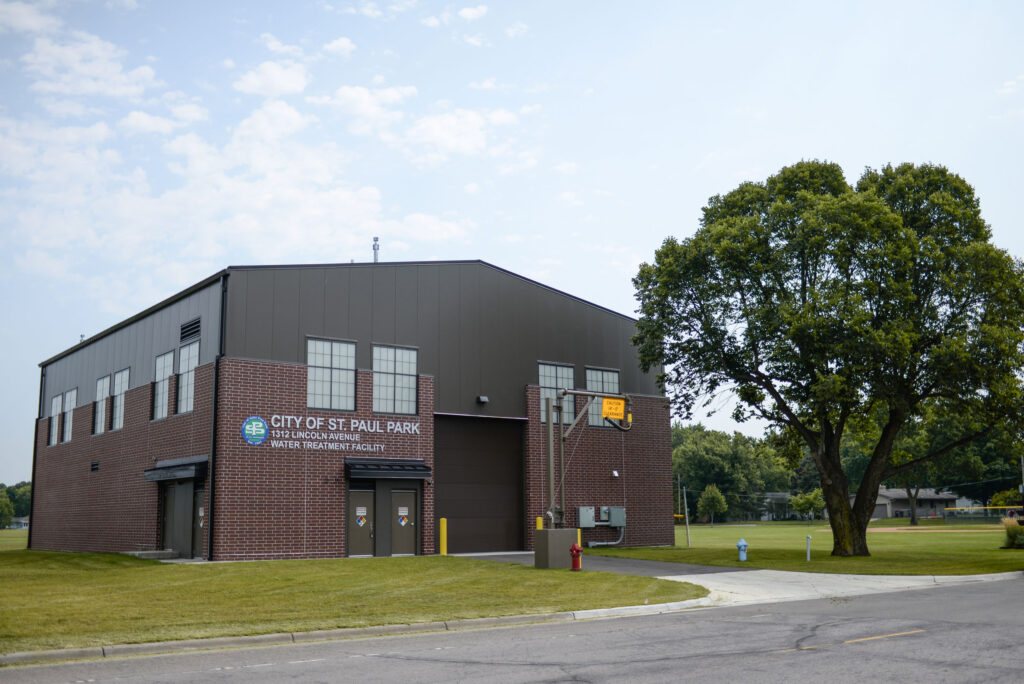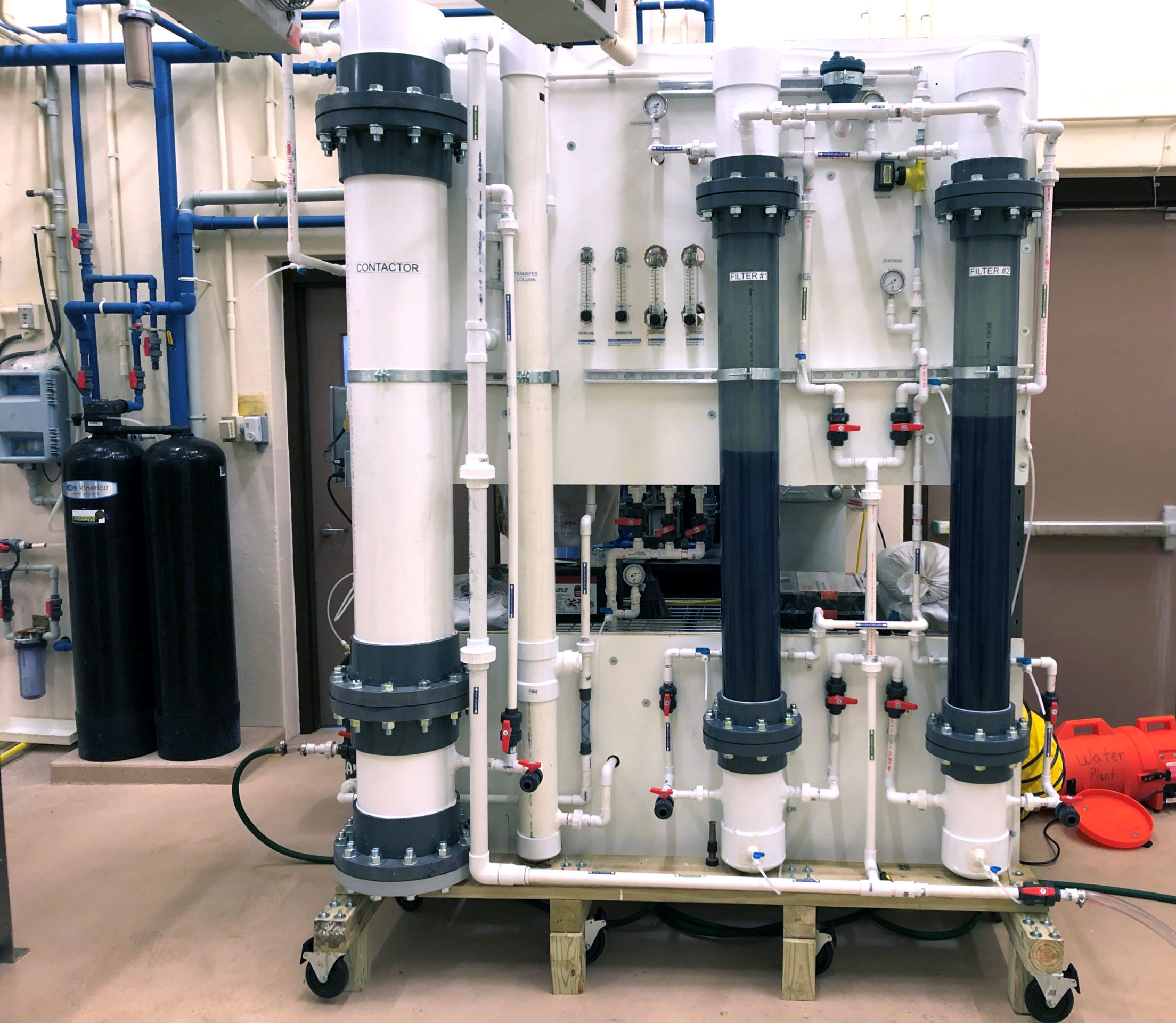September 16, 2024
By Justin Babcock, Water Service Line Program Leader, WSB
Introduction to Funding Opportunities
The Minnesota Department of Health has recently updated its guidelines on securing funding for replacing lead and galvanized water service lines. This initiative follows the comprehensive inventory phase and is a critical step towards ensuring the safety and quality of drinking water across the state. The available funds, as outlined by the Minnesota Drinking Water Revolving Fund, demonstrates a commitment to public health and infrastructure resilience.
Available Funding and Eligibility
The initiative offers a robust financial support structure. It includes a 100% grant for replacing privately owned portions of lead or galvanized water service lines. Additionally, it provides grants and a 0% interest rate loan for addressing the publicly owned segments. Remarkably, public water systems that are granted loans will receive further grants to repay these loans upon project completion.
Eligibility for this funding extends to a variety of water systems including:
- Publicly owned municipal systems
- Regional Water Systems
- Privately owned systems in condominiums and manufactured home parks
- Nonprofit, noncommunity systems such as schools, daycare centers, churches, and retreat centers
Project Eligibility and Prioritization
Priority is given to projects that enhance public health, ensure an adequate water supply, and assist financially needy communities. Eligible projects include those undertaken alongside watermain replacements or as stand-alone lead service line replacements.
Application Process
The process for cities to secure funding is methodical and includes several key steps:
- Project Listing: Place the project on the Minnesota Department of Health’s Project Priority List.
- Intended Use Planning: Ensure the project is on the Minnesota Public Facilities Authority’s Intended Use Plan.
- Funding Application: Apply for funding from the Minnesota Drinking Water Revolving Fund.
It’s important for cities to adhere to the deadlines for these steps to ensure their projects are considered for funding.
Staying Informed
The Minnesota Department of Health proactively sends notifications about the funding process to relevant municipal officials. This ensures that all potential beneficiaries are well-informed and can prepare their applications in a timely manner.
Partner with WSB for Expert Support
At WSB, we understand the complexities involved in navigating these funding processes. Our team of specialized grant writers and consultant engineers is equipped to guide communities through every step of the funding journey—from advancing projects on the priority list to coordinating compliance with fund requirements during and after construction.
Our experience ensures that your projects not only gain the necessary funding but are also executed efficiently and successfully. Partnering with WSB means ensuring that your community’s water service lines are safe and sustainable, thus protecting public health and securing a resilient infrastructure.
Justin is a municipal graduate engineer that leads our MN lead service water line program at WSB and has presented at local seminars on the topic. His experience includes field engineering, estimating, material testing, and roadway design.
[email protected] | 262.853.8276

